Sparta (Greek: Σπάρτη, Spártī; Old Greek: Spártē; Λακεδαίμων; Lakedaímōn, Lacedemon) is a city in southern Greece, in the Peloponnese, in the decentralized administration of Peloponnese, Western Greece and the Ionian Islands, in the Peloponnese region, in the Lakonia regional unit. It is the seat of the Sparta Municipality. In 2021, it had a population of 32,786. The city has a developed wine and oil industry.
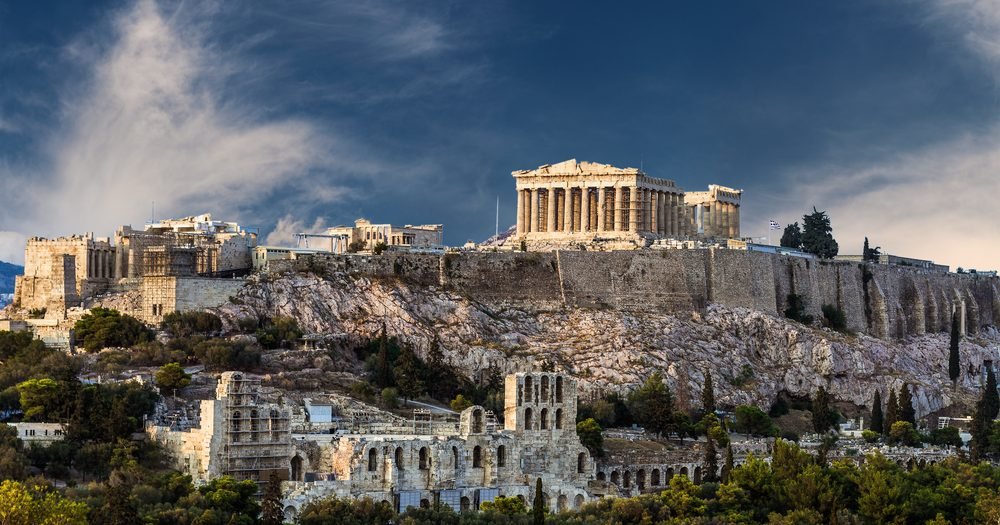
- Ancient Sparta is inextricably associated with military prowess, great victories, and the harsh life of its inhabitants. However, the more the history of this ancient power ignites our imaginations, the greater the disappointment awaits us upon reaching its ruins, surrounded by a picturesque mountain landscape. Virtually nothing survives of the city, whose inhabitants terrified all its neighbors, both near and far. On a small hill, among olive trees, only a few remnants of buildings protrude from the ground, most of them dating back to Roman times. This doesn’t mean, however, that Sparta should be avoided entirely. If we visit nearby Mystras (which we highly recommend, as it is one of the greatest treasures of the Peloponnese), it’s worth making a short trip to Sparta to see for yourself how little remains of the homeland of the legendary Leonidas.
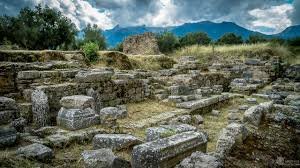
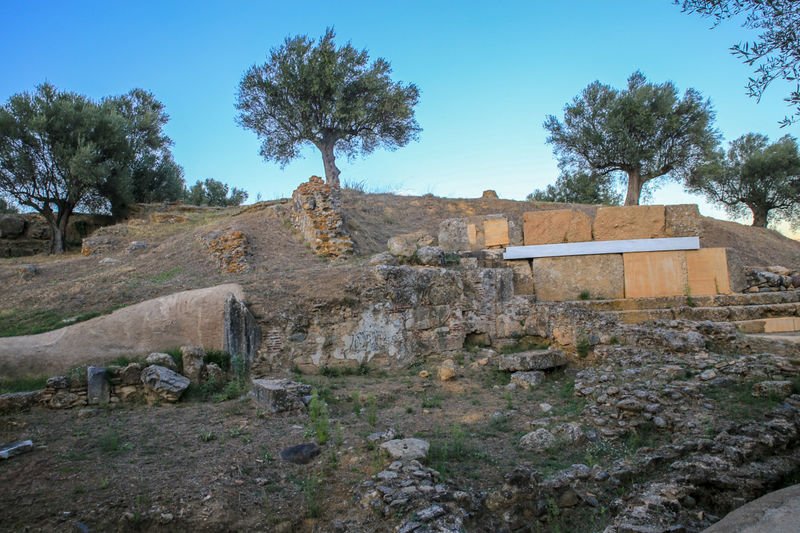
- Myth – Menelaus and Helen. One of the first associations with Sparta is the fate of two heroes from Homer’s Iliad – the Spartan king Menelaus and his beautiful, yet unfaithful wife, Helen, whose affair with Paris led to the outbreak of the ten-year-long Trojan War. The greatest military expedition of the Achaeans (as the Greeks of the time were called) was led by Agamemnon, king of Mycenae and brother of Menelaus. Ultimately, Troy was conquered by trickery, and Menelaus, upon seeing his wife’s unchanged beauty, forgave her all her previous transgressions and took her home. Helena was one of the most beautiful women of her time, and many suitors vied for her hand. According to mythology, her father was Zeus himself, the highest of the gods. He supposedly seduced and impregnated Leda, a Greek princess, in the form of a swan, and Helen, who hatched from the egg, was the fruit of this love. The motif of Leda and the Swan has appeared numerous times in European art – one of the most famous examples is a lost Renaissance painting by Leonardo da Vinci.

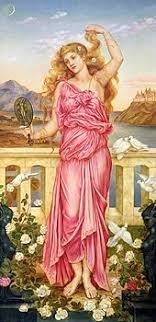
- Visiting the archaeological site. The archaeological site is small and not particularly interesting. Virtually nothing survives from the city’s early days or the Classical Golden Age, and the remains visible today primarily date back to Roman times. Fortunately, Sparta is located near Mystras (and missing it would be a sin), so we can visit both sites in one visit. Especially since admission is free.
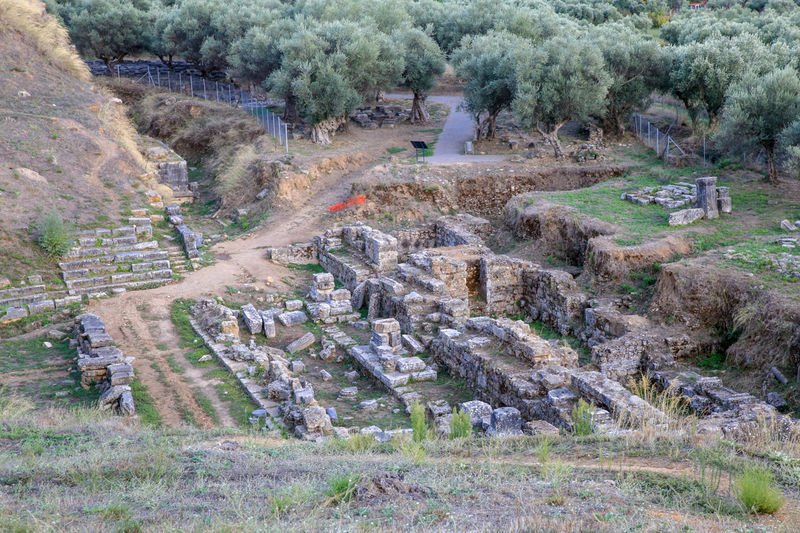
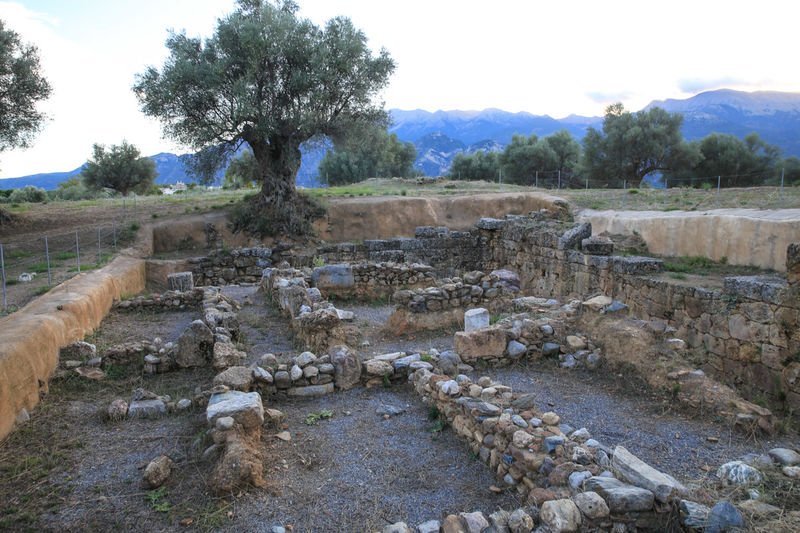
- The climate in Sparta is Mediterranean, with mild winters and hot summers. It’s one of the hottest regions in Greece. In the coldest month, January, average daytime temperatures are around 14℃ and nighttime temperatures around 3℃. In summer, between June and August, daytime temperatures hover around 32–36℃ and nighttime temperatures 17–19℃.

- What else is worth seeing? Within the municipal boundaries of Sparta lie the ruins of the Byzantine city of Mystras, dating from the Middle Ages, specifically from 1205. This area is more frequented by tourists and better suited to visitors. It houses:
- *the castle – built in the Frankish style in 1249 on a hill above the city;
- *the Palace of the Despots – a palace with a throne room of the Cantacuzenos and Palaiologos dynasties;
- *the Church of Agía Sofía – built in the mid-14th century as a chapel for the Palace of the Despots;
- *the Church and Convent of the Queen of the World (Pandánassa) from the 15th century – the only inhabited building within the medieval walls of Mystras;
- *the Monastery of Perivléptos – built in the 14th century, it contains the best-preserved frescoes in Mystras;
- *the Cathedral of Mitrópolis – the oldest temple in Mystras, dating from the 13th century.
- The architectural complex of Mystras has been added to the UNESCO World Heritage List. Outside the medieval city walls lies the small, modern town of Mystras. Entrance to the ruins is subject to a fee. A tour can last up to two hours.

